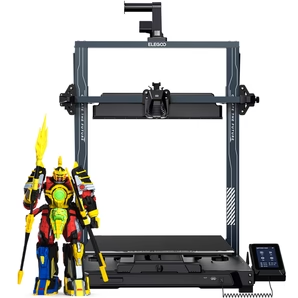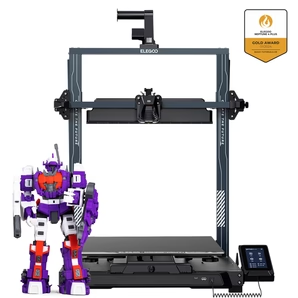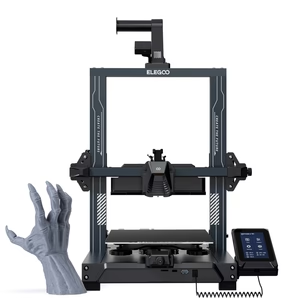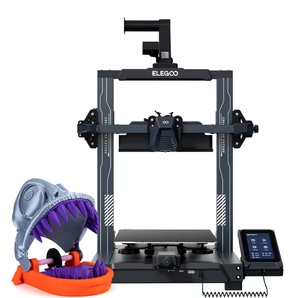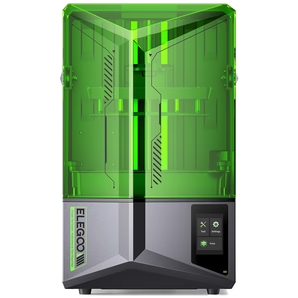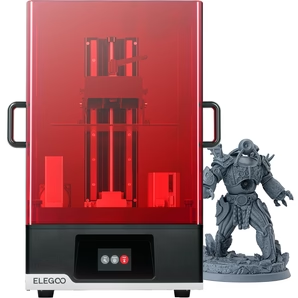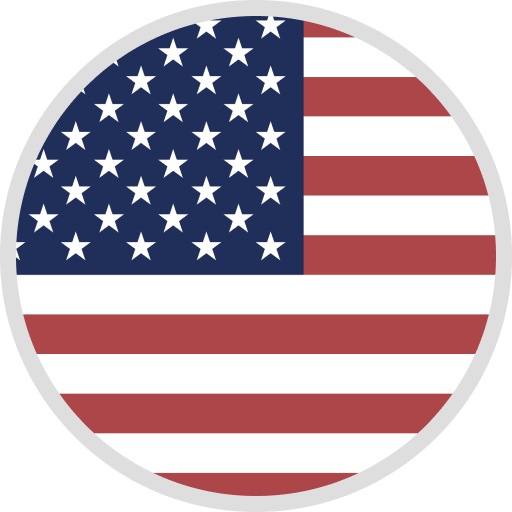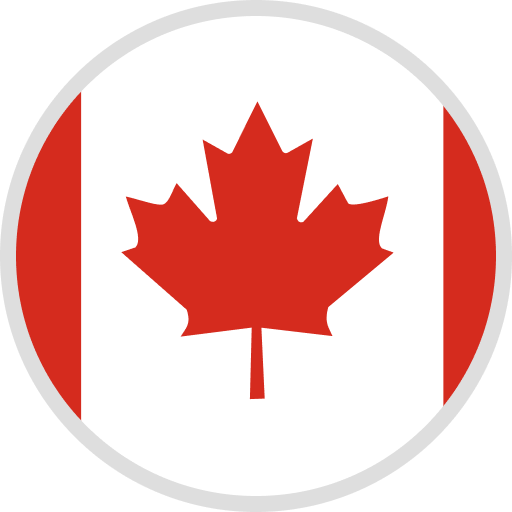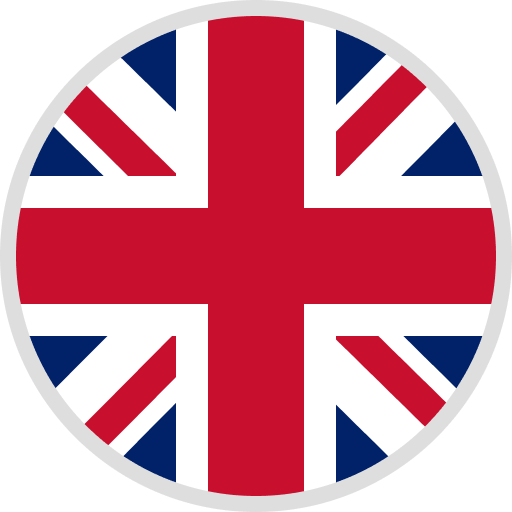Learn To Print Basic 3D Shapes
Welcome to the world of 3D printing!
If you've ever been fascinated by the process of turning a 2D concept into a tangible 3D shape, you're in the right place.

This comprehensive guide will teach you everything from the basics of 3D printing to mastering more complex designs. You'll get tips and tricks on the best 3D printers to use, how to navigate modeling software, and even how to source free designs.
So why wait?
Read on and start bringing your creative visions to life today!
Step 1: Understanding 3D Printing Basics
3D printing is an additive manufacturing process that creates three-dimensional objects from a digital design.
It's like a 3D resin printer laying down layer after layer of material, extruding it through a heated extruder until your print is complete. The main advantage of this technology is its ability to produce complex geometric shapes with ease.
Step 2: Choosing Your 3D Printer
There are different types of 3D printing, such as Fused Deposition Modelling (FDM), but for 3D beginners, FDM 3D printers are usually a good start. They are user-friendly, affordable, and perfect for printing basic shapes.
Step 3: Getting Familiar with 3D Modeling Software
3D printing starts with a 3D model.
You can create one using modeling software like Tinkercad, Sketchup Make, or Fusion 360. These platforms allow you to transform basic shapes into more complex 3D designs.
Step 4: The Importance of the STL File
The STL file is the universal format in 3D printing. It represents the surface geometry of a 3D model, which the printer then reads to create the object.

Step 5: Learning Basic Geometry
Understanding basic shapes and geometry is crucial in 3D design. From cubes to spheres, familiarizing yourself with different shapes and how they can be manipulated is a fundamental step in the 3D printing process.
Step 6: How to Use Support Material
Support material is used in 3D printing to support overhangs and complex shapes. It ensures your model's stability during the printing process and can later be removed without affecting the print.
Step 7: From 2D to 3D - The Extrusion Process
Extrusion is a key step in turning a 2D shape into a 3D print. The printer extrudes the printing material, usually ABS or PLA, layer by layer to build the shape on the build plate.
Step 8: Perfecting the Print with the Slicing Software
Before pressing print, you'll need to prepare your 3D model in slicing software. The slicer turns the STL file into G-code, a language that your 3D printer understands.
Step 9: The 3D Printing Process
Once the 3D printer head starts moving and the printer bed heats up, your design process turns into a production process. Keep a close eye on the first few layers, as they can determine the print quality and the success of the whole print.

Step 10: Designing for 3D Printing
Creating designs for 3D printing is different from designing for other mediums. Be sure to consider the printability of your design, such as overhangs, support, and material usage.
Step 11: Finding Free Printable 3D Shapes
There are many resources for free 3D printable shapes online. Sites like Thingiverse and MyMiniFactory offer a range of shapes, all available for download.
Step 12: Learning from Your Prints
Each 3D print, from the simplest to the most complex, is a learning opportunity. Understand what worked, what didn't, and how you can improve in your next print.
Step 13: Where to Go from Here?
Now that you're comfortable with basic shapes, try out more complex shapes. Push your limits, experiment, and most importantly, have fun with 3D printing!
In conclusion, 3D printing may seem complex at first, but with patience and practice, it can be incredibly rewarding. Remember to:
- Understand the basics of 3D printing
- Choose the right 3D printer
- Familiarize yourself with 3D modeling software
- Know the importance of the STL file
- Learn basic geometry
- Understand the use of support material
- Know the process of turning 2D into 3D
- Understand the use of slicing software
- Learn about the 3D printing process
- Understand how to design for 3D printing
- Find resources for free 3D shapes
- Learn from your prints
- Continue exploring and learning
Happy printing!
Also, if you prefer to learn more by video, here are some recommended 3d printing Youtube channels.
We also have a resource for recommended 3d printing websites for beginners.



















